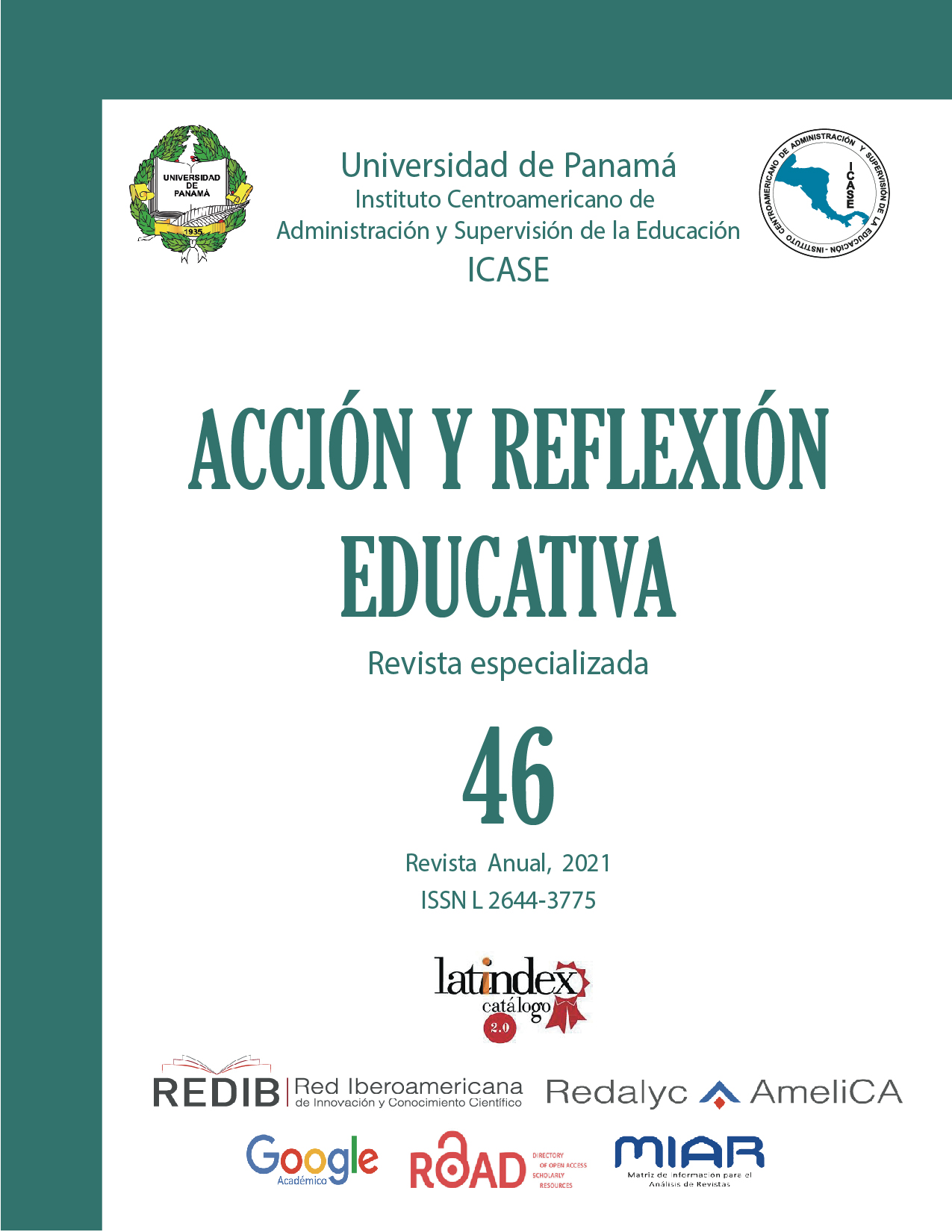

Este estudio describe y evalúa las prácticas pedagógicas de aula de los docentes en la enseñanza de informática y el pensamiento computacional (PC) en educación media oficial y particular de la región metropolitana de la Ciudad de Panamá, en comparación con referencias internacionales, como la Sociedad Internacional de Tecnología en Educación (ISTE) y otras referencias de la literatura relevante en pedagogía. Se analizaron datos de una muestra de conveniencia conformada por 14 escuelas de nivel medio participantes en las Olimpíadas Nacionales de Informática 2019, abiertas y ampliamente divulgadas. Los datos fueron recolectados por medio de observaciones en aula. Se observó poca evidencia de la utilización de prácticas docentes reconocidas como mejores prácticas para la enseñanza de informática y PC. Hubo algo más de evidencia para el uso de prácticas construccionistas, que para las relacionadas al PC; y aún menos para el uso de prácticas relacionadas al aprendizaje por experiencias. Así mismo son notables las diferencias entre las escuelas oficiales y particulares en cuanto al uso de estas prácticas. Adicionalmente, los hallazgos indicaron un nivel importante de inequidad en el sistema, ya que los puntajes se encontraban polarizados entre escuelas con mucha evidencia y escuelas con poca o ninguna evidencia, y pocas escuelas en el medio.